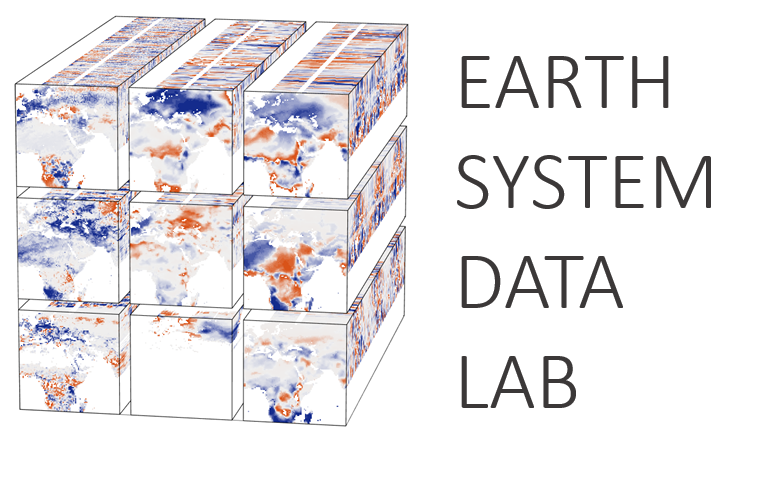GEO-BON Colombia: Supporting regional initiatives in Colombia towards an Ecological Observation System
Background
GEO-BON (The Group of Earth Observations – Biodiversity Observation Network) is currently setting up regional and national networks for testing and implementing regional monitoring biodiversity strategies. The Colombia BON is led by the Humboldt Institute and as part of its working plan for 2017-2020 is the development of the data cube for Colombia. In a recent BMBF and ESA-iLEAPS supported workshop in Colombia we explored the interest of the local scientists in the ESDL. The idea is to build an “Ecological Observatory for Colombia” in tandem with the Colombia BON initiative. The objective is to derive key ecosystem functional properties from the ESDL to interpret the regional biodiversity patterns.
Objectives
The objective is to build a regional (high-resolution) data cube for Colombia and build capacity to use the cube in an autonomous and sustainable way. Specifically, we aim at:
- Building a specific cube for GEOBON in a Colombia BON in higher spatial resolution with regional data access and processing facilities.
- Sourcing additional data e.g. on inland waters and the entire hydrological cycle as Colombia is considered one of the “Amphibian Countries”, i.e. countries where the dynamics are mainly controlled by hydrological phenomena.
- Source additional socioeconomic data, such as high-resolution population data.
- Re-configure ESDL for specific data that have been collected in national initiatives i.e. biodiversity inventories and model projections, and sensor data that work best in the tropics (but are unsuitable in the very northern latitudes).
User partners
- The Alexander von Humboldt Institute, Bogota, Colombia is leading the Colombia BON. The local PI is Dr. Maria Cecila Londoño.
User community
- The wider GEO-BON community is a very vital and growing player in the field. The GEO-BON secretariat is based at the facilities of the German Centre for integrative Biodiversity Research (iDiv) where we have direct access to their PIs.
- In fact, the iDiv has also declared specific and reiterated interest in using the Earth System Data Cube for biodiversity studies; a new scientific programmer will be hired now and be dedicated to exploiting the ESDL, which, however is not yet fit for the purpose of providing high-resolution data.
Outcome
- A regional ESDL integrated in the Colombia BON as part of the EOS and GEOBON initiative.
- A hands-on user workshop in Colombia would be used for capacity building for the ESDL usage.
- Scientific publications


